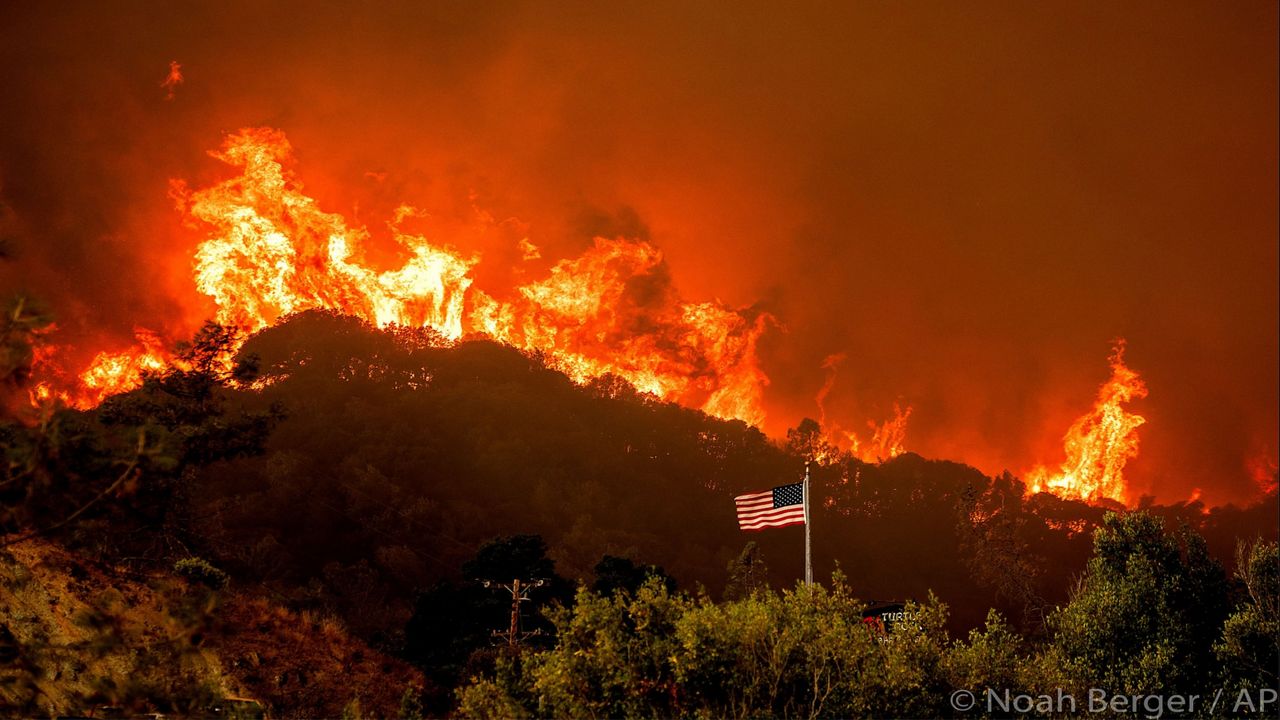#CaliforniaFire - a trending hashtag on Twitter, and it has been for the last several days. If you have scrolled through any social media platforms recently, I guarantee you have swiped through picture after picture of these terrifying wildfires.
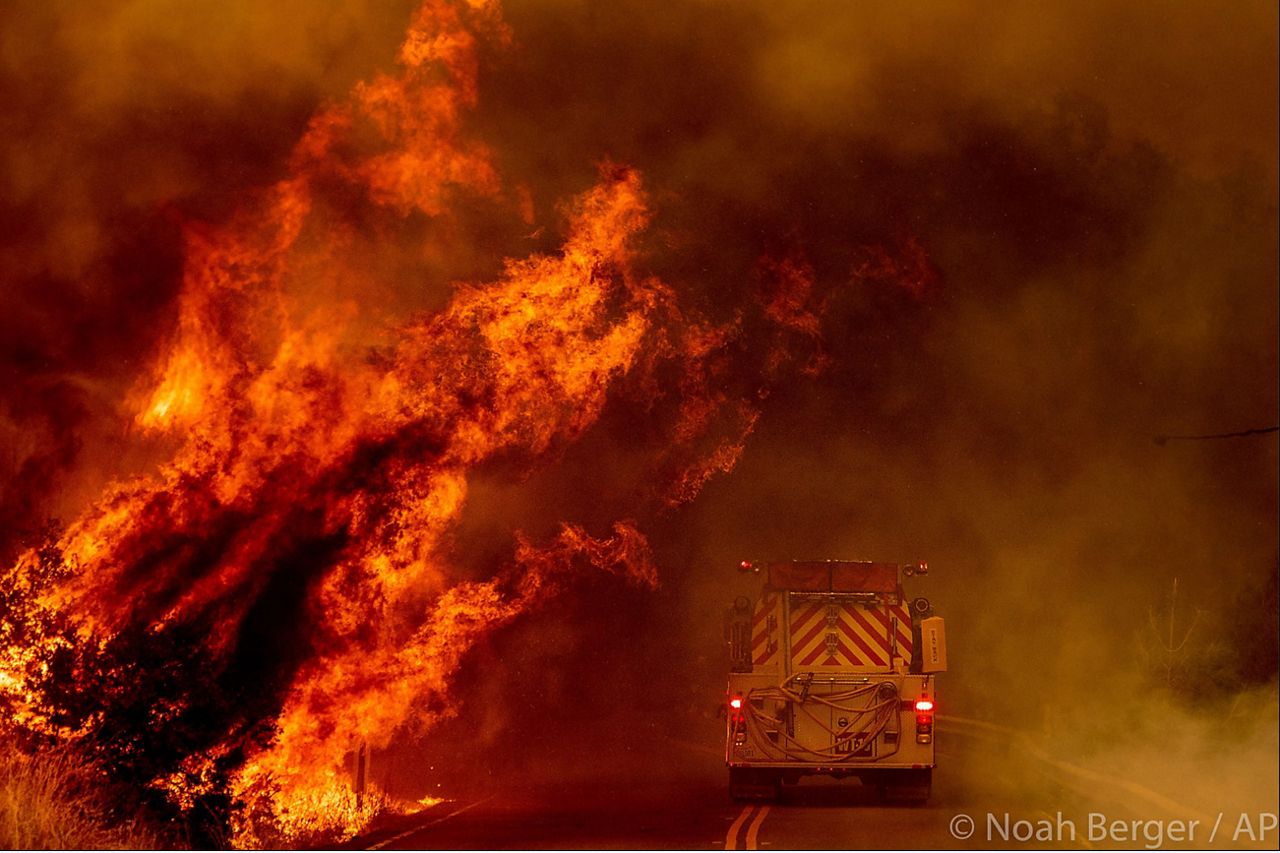
Currently, over 300 fires are burning statewide, with over two dozen considered as major fires.
The smoke stemming from these has polluted the air so much that the Bay Area is seeing the worst air quality in the world right now.
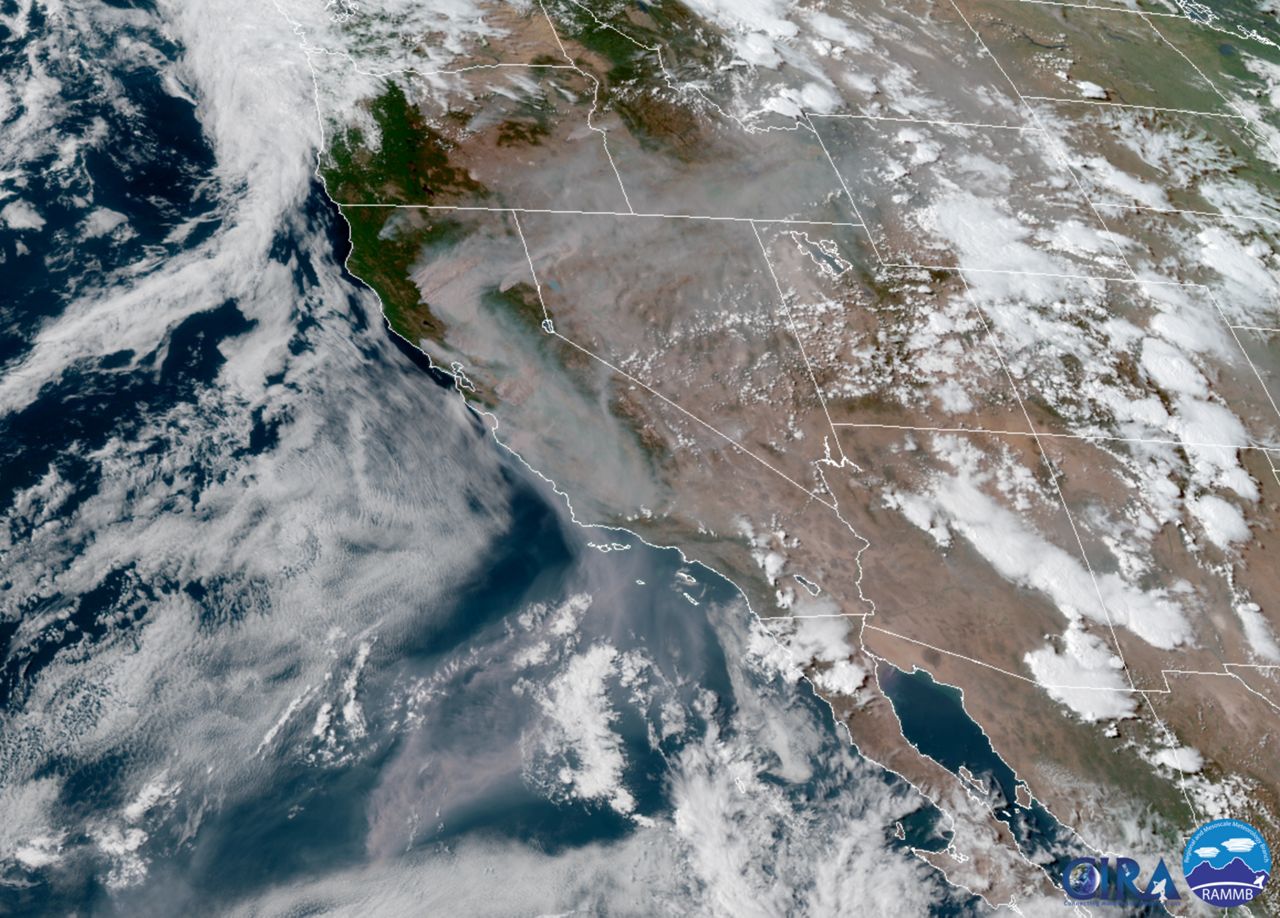
Wildfires are a topic most Californians are familiar with, especially this time of year, but it’s no surprise that there have been noticeable changes with fires in the west during recent years.
Researchers with the NASA-funded program, Rehabilitation Capability Convergence for Ecosystem Recovery (RECOVER), have analyzed more than 40-thousand fires across the western United States over a 67-year span in an effort to better understand wildfire changes.
Most of the wildfire activity in the western forests has strongly been increasing since the early 1980s.
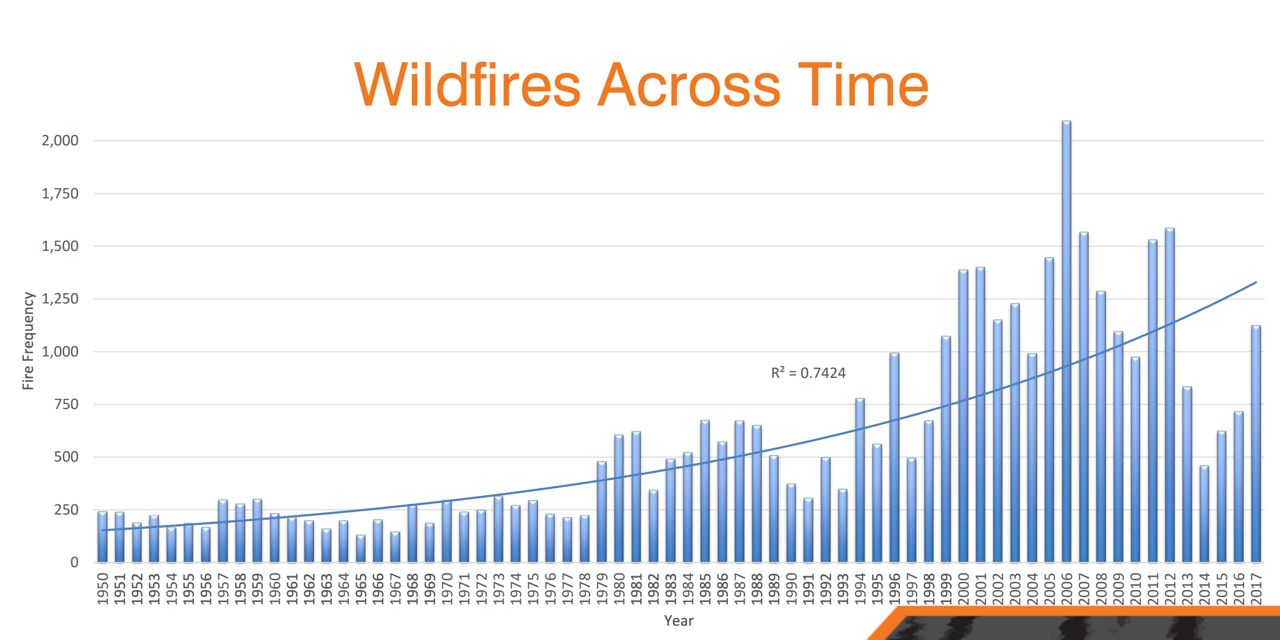
They also found that “61 percent of the total burned area since 1950 occurred in the new millennia (2000-2017).”
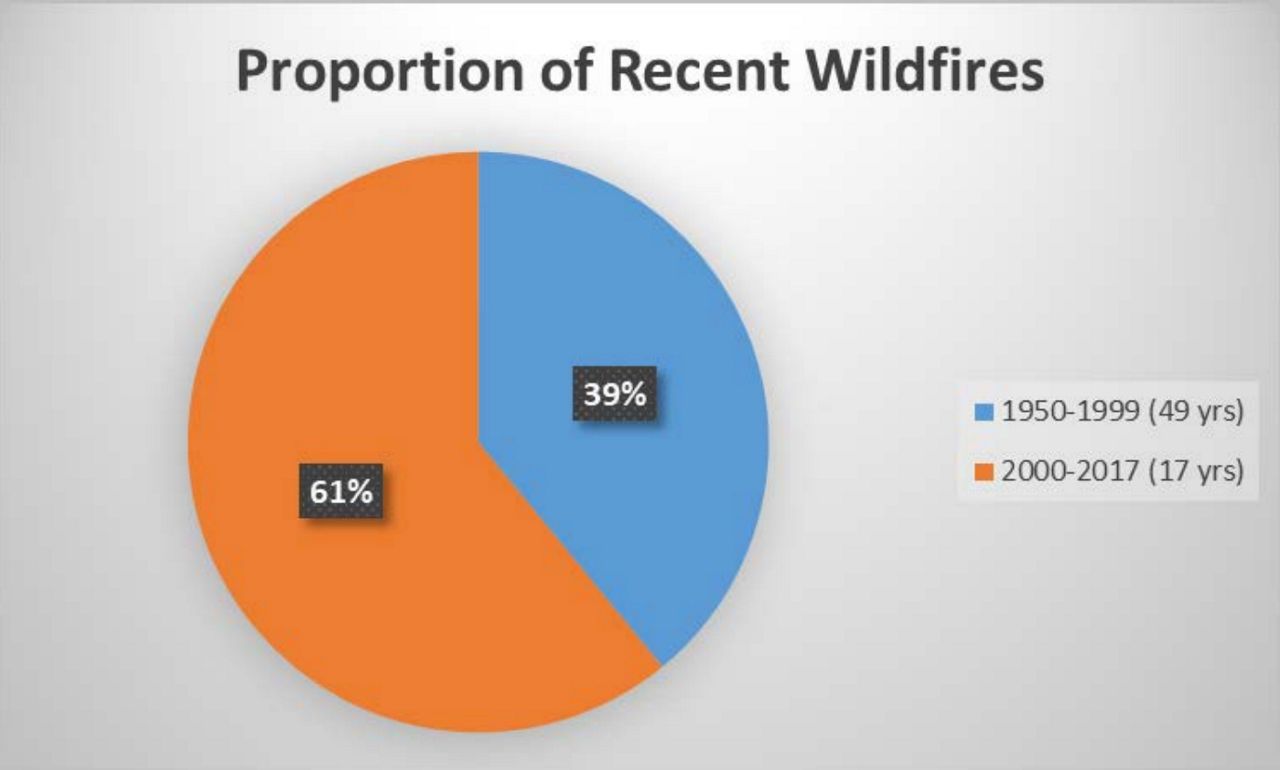
Over time, these fires have also grown in size, burning across more acres of land. Fires larger than 100,000 acres (known as megafires) have become more prevalent over the last two decades.
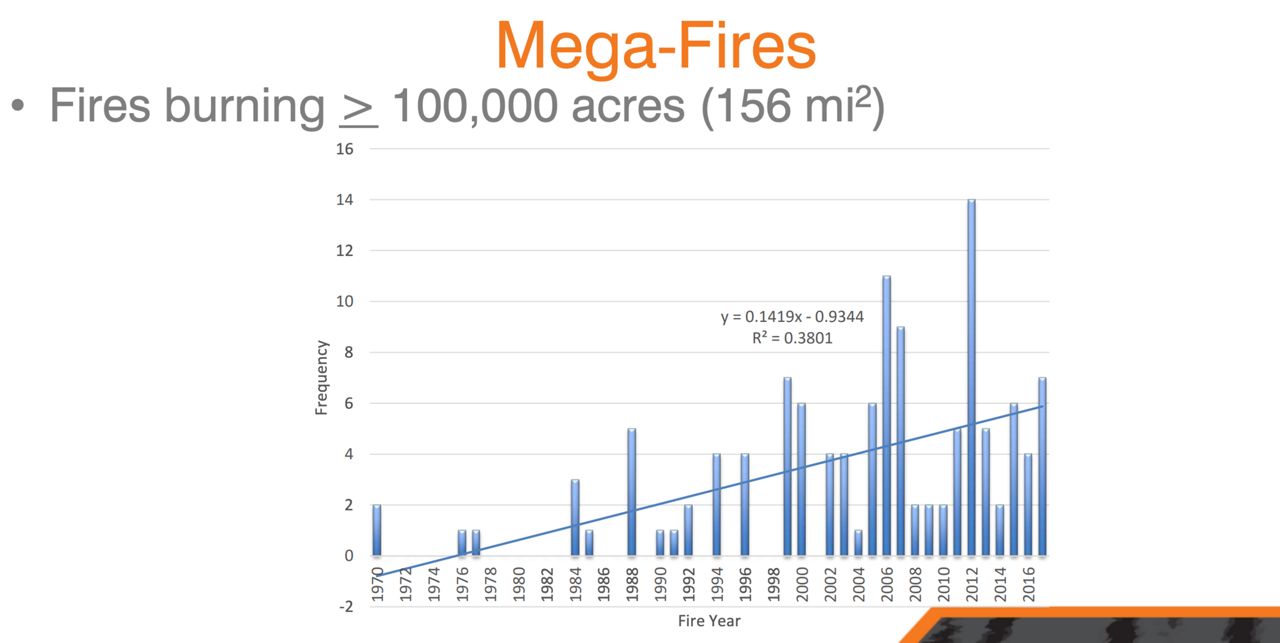
On top of all this, the length of the fire season has expanded overall. Fires are erupting earlier in the spring and lasting until later in the fall, and burning for much longer.
For example - during the 1973-1982 period, the average burn time for individual fires was just six days. Compare that to the 2003-2012 period, when it was 52 days.
Anthony LeRoy Westerling, who has been studying the science of climate and wildfires for over 15 years, says the fire season “went from 138 days in the 1970s to 222 days in the last decade, for an increase of 84 days.”
At this point, some even consider the California fire season a year-round event.
NASA RECOVER believes these changes stem from the rise in global temperatures that have been happening since 2000.
Warming temperatures can cause dry conditions, making vegetation easier to burn. Earlier spring snowmelt is also an added factor.
When California fire officials launched the state’s annual Wildfire Preparedness Week in May, they mentioned that this summer would be very different from the last.
As a recap of 2019, rain late in the season brought a good amount of snow to the mountains, which meant a slow start to the fire season. Wildfires were controllable through August.
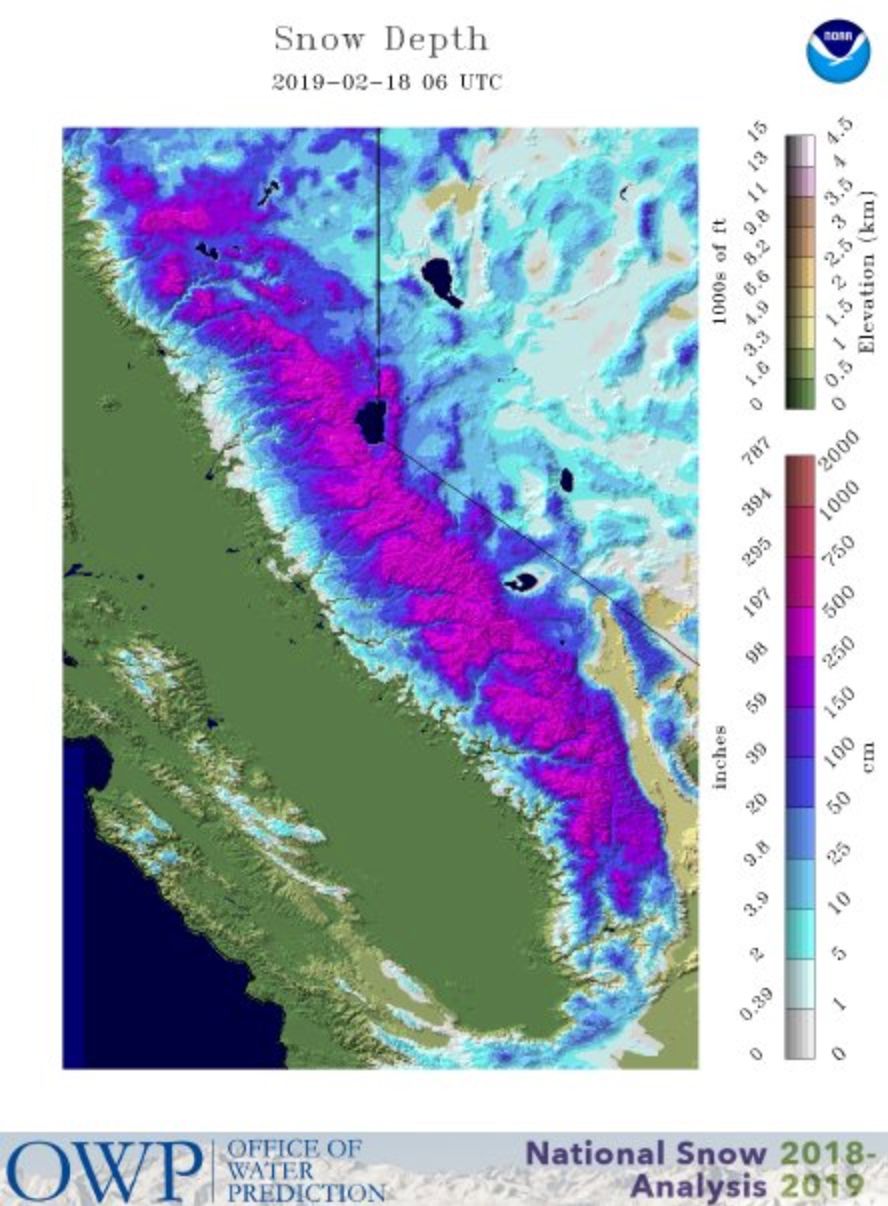
This year, it has been a different story. It was a dry winter for Northern California and the spring Sierra snowpack came in well below average.
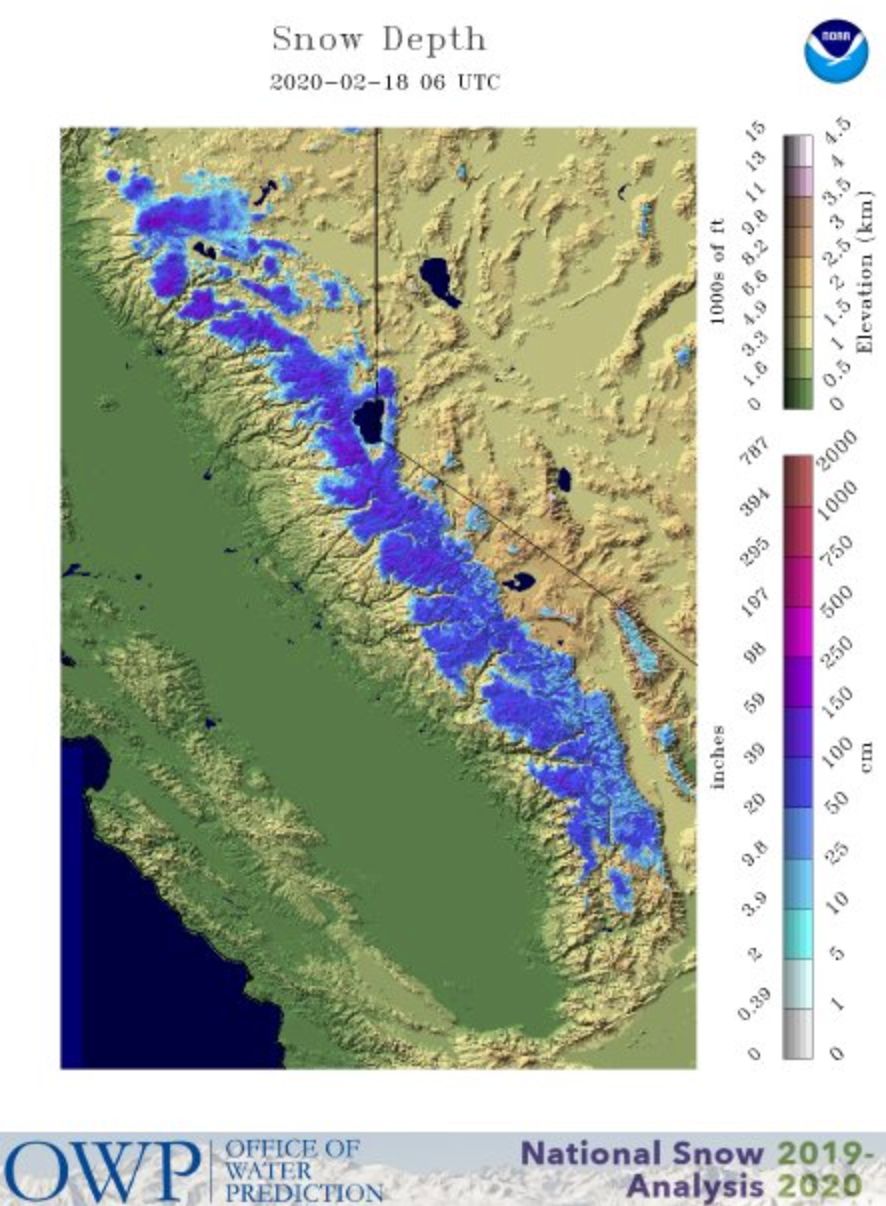
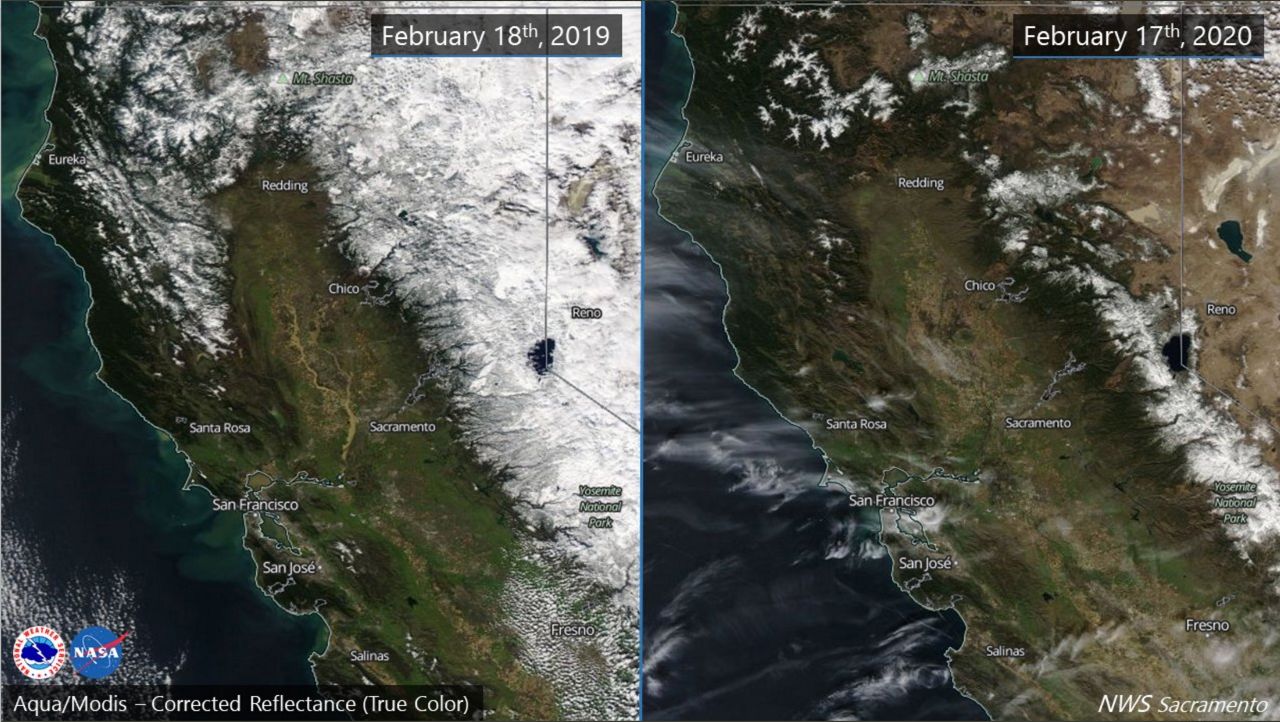
With climate change, we have grown accustomed to above-normal snow melting rates during the spring, but it’s happening at an even more surprising rate now.
The snowmelt runoff is vital to water resources, and it helps recharge soil and plant moisture months after the rainy season ends. If there is early snowmelt, it means a longer dry stretch through summer and even fall.
When this happens, the vegetation becomes more dry and sensitive - a fire can spark any which way, and spread easily. This is exactly what we are seeing right now.
In the last week, southern California has experienced an influx of monsoonal moisture, thanks to a strong area of high pressure, which has also been the culprit of the extreme heat. On top of that, there was added tropical moisture from the remnants of Hurricane Elida.
This remnant moisture hit the Bay Area hard. An impressive amount of storms early on in the week brought a large swath of about 11-thousand lightning strikes across the region, naturally sparking fires.
Even lightning associated with southern California storms fueled more flames near the Lake Fire on Saturday, making extinguishing efforts even more difficult for firefighters.
The LA County Fire Department tweeted that “over 100 lightning strikes caused spotting, which quickly spread the fire generating several large-scale fires that compromised current and proposed containment lines."
Storms can roll through and drop heavy rain prompting flash flood warnings. If heavy rain develops over an active fire, this can actually help to moisten the fuel bed.
In contrast, these storms can also bring the threat of dry lightning, which can spark new fires.
Dry lightning comes from storms that produce little or no rain at the surface. Usually, dry thunderstorms involve rain that evaporates before hitting the ground, otherwise known as virga. In this case, the ground stays dry while lightning is still present, directly impacting dry fuels.
On top of that, storms produce gusty, erratic winds, which can also cause rapid fire spread and unpredictable fire behavior, leading to dangerous situations.
Remnants of Hurricane Genevieve will spark more thunderstorms through Southern California this weekend, and most likely through Northern California early on in the week.
We will also be keeping an eye on the tropics over the next few months, as I’m sure we will continue to get waves of tropical moisture moving up through California.
We still have several months left of the fire season this year, and it’s probably going to be a very active period based on what we have seen already.
So far, many of the fires in southern California have been terrain and fuel-driven. We have not even seen extreme Santa Ana wind events yet.
This is something we will face in the upcoming months - while above-normal significant wildfire potential is predicted for southern California in October and November.



